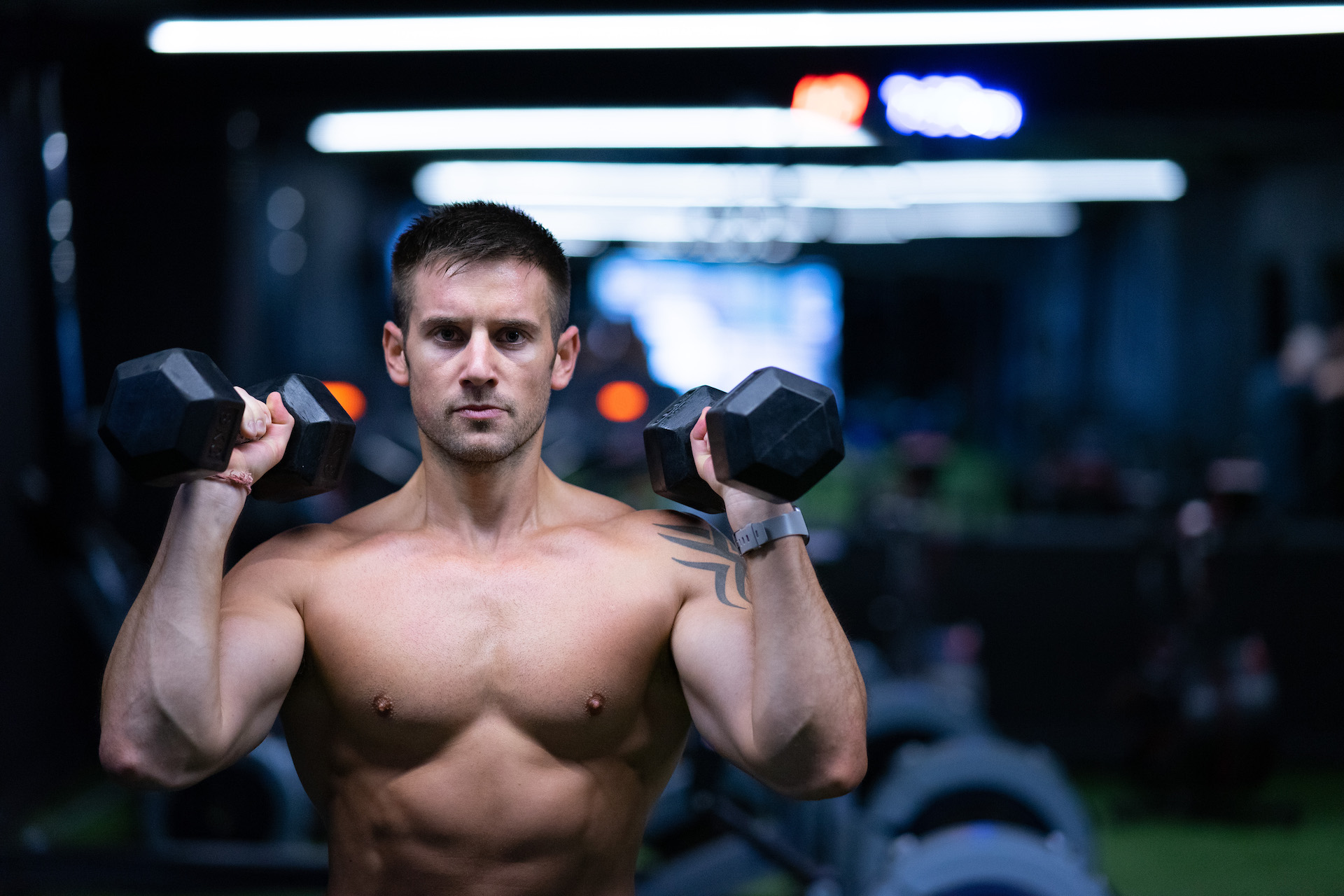
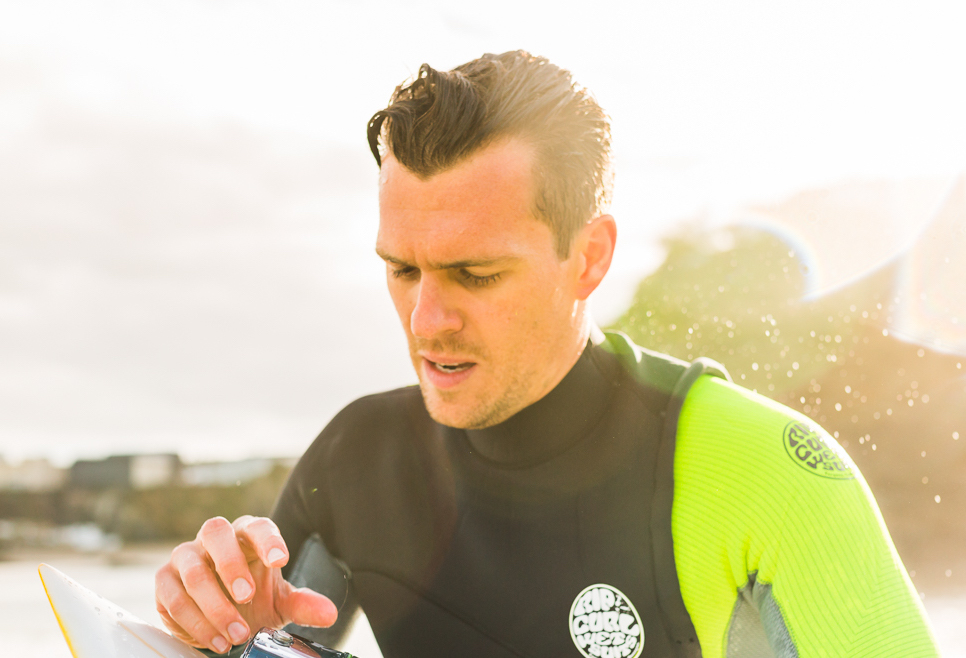
Mastering the shoulder press is a surefire way of building solid shoulders, strengthening an often weak area and generally bulking up the top of the arms for a desirable ‘V-shaped’ physique.
Not to be confused with the overhead press, or military press, this exercise hones in on the shoulders by requiring you to sit on the best weight bench you can lay your hands – and body – on. Or find a stable surface, at least, so removing any additional power provided by the legs and core muscles.
It’s also predominantly carried out with the best dumbbells, rather than a barbell, meaning you can go much lighter with the weight, focussing on form and ironing out any imbalances in the left and right shoulder muscles.
It is a great exercise if you find the overhead press a little daunting and who doesn’t? Raising an iron bar above your head without whacking your chin or straining your neck is tricky and takes a bit of time to master.
Instead, the seated dumbbell shoulder press makes a great addition to an upper-body push routine, perhaps sprinkled in with the bench press and other more specific tricep and shoulder exercises.
Take a look below for some of our suggested workouts to complement this exercise:
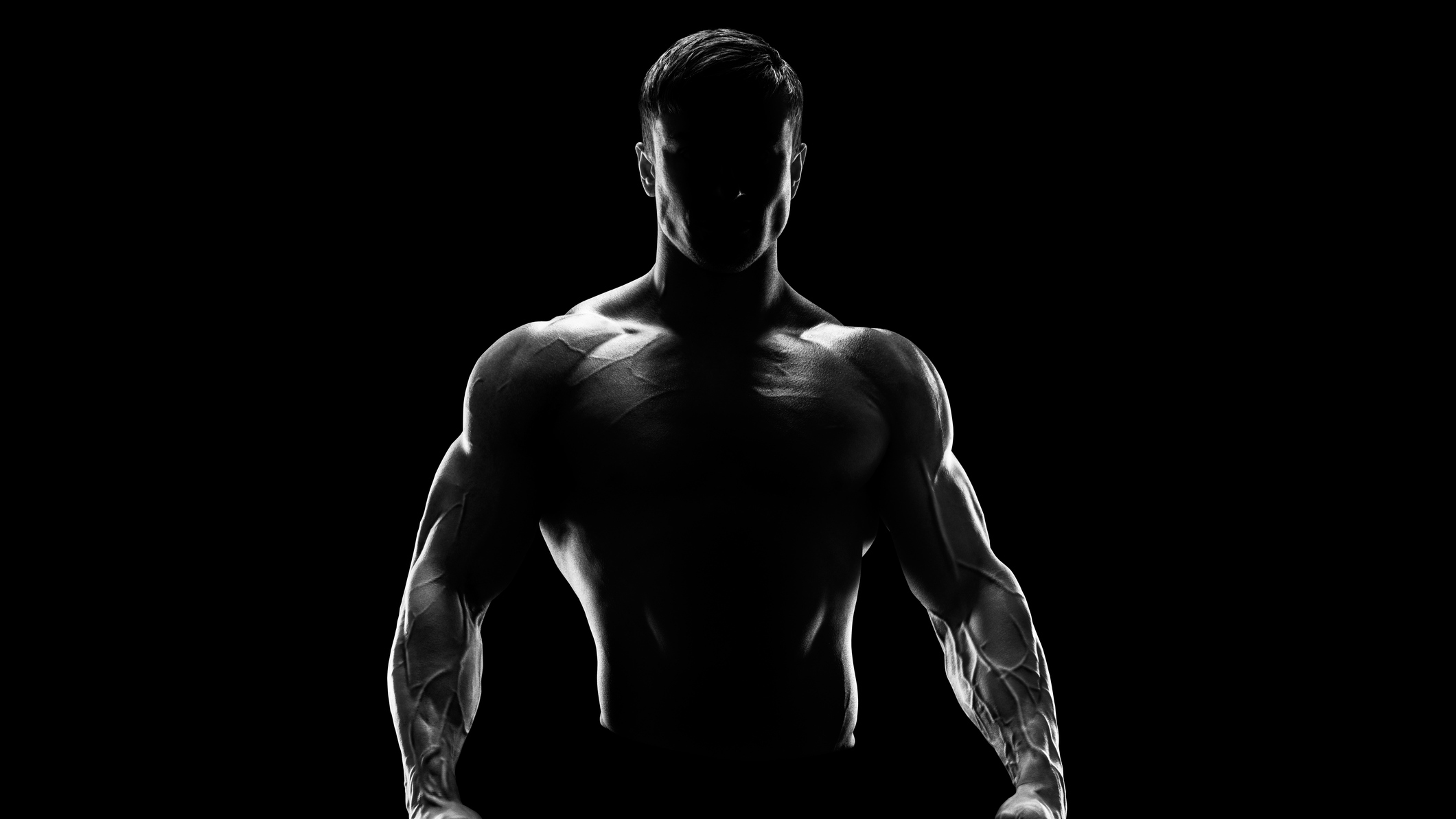
Protect your shoulders
According to the International Journal of Sports Medicine, the most commonly injured body part during intense strength training workouts is the shoulder, closely followed by the elbow, lumbar spine and knee regions.
Sign up to the T3 newsletter for smarter living straight to your inbox
Get all the latest news, reviews, deals and buying guides on gorgeous tech, home and active products from the T3 experts
This is because your rotator cuff, which consists of four muscles that surround the shoulder blade (scapula) and help to hold the arm bone (humerus) in the shoulder joint, often places mobility before stability. It’s also a massively complicated joint that is made up of lots of parts, so it’s difficult to work out what is causing an issue.
As a species, we also now spend a lot of time at desks, on smartphones, driving or generally slumped on the sofa with rounded shoulders, so suddenly introducing resistance exercises can be a shock to the joint, especially if it isn’t positioned correctly for the move.
With that in mind, it’s important to properly warm up the shoulders before embarking on the seated dumbbell overhead press. Don’t assume that just shaking your arms around is enough.
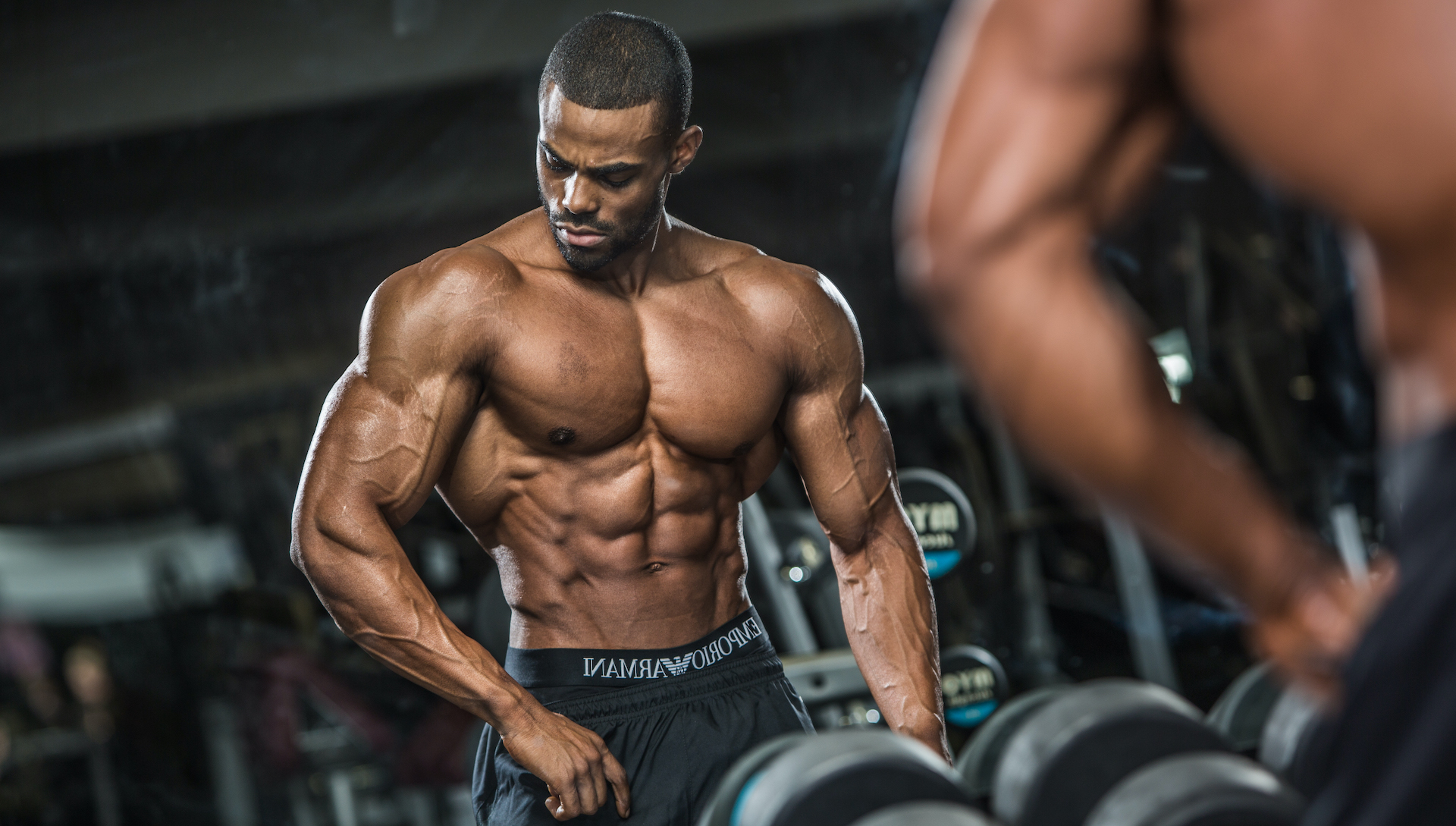
How to master the shoulder press
- Absolute beginners should start by setting up a bench so there is no support for the back and neck, as this will encourage you to create a stronger, more solid core and better posture, rather than forcing you to push your head and neck into the pad upon pressing, which can lead to injury.
- Start with a light weight, even if that’s only 2kg in each hand, as this will act as a warm-up set for the more advanced lifters and won’t put excess strain on the shoulders for newcomers.
- From a seated position, with feet planted on the ground, an upright torso and gaze looking directly in front, grip the dumbbells with an overhand grip (knuckles facing towards your body) and lift them so they are resting on your shoulders, so the knuckles point towards your neck.
- Now, slowly rotate the elbows outwards so they are parallel with the floor below and form a 45-degree angle with the body. Keep the wrists straight (don’t let them bend backwards), pull the scapula back slightly and press the weights above your head, exhaling as you do so.
- Ensure there is no pressure on the lower back, if there is, the weights are too heavy and try not to lock out the elbows at the top of the move. This will only disengage the muscles you are trying to work. Slowly lower back until the weights are in line with the ears, no lower, controlling the descent and keeping the shoulder muscles under tension for longer.
How to advance in shoulder press
As with any strength training routine, the idea is to gradually overload the muscle group with time and the same can be said here. The seated dumbbell overhead press can be performed with some pretty heavy weights, but we wouldn’t recommend it until you are very comfortable with the movement and are 100 per cent sure it is just the shoulder muscles being worked, nothing else.
Introducing a backrest once familiar with the mechanics is a good way of removing any intervention from the core muscles, so long as you aren’t digging the back of your head into the pad every time you press. This will only put a strain on your neck and lead to injury or pain over time.
Tempo is likely to be the most beneficial factor here and slowing down your movements while very gradually adding weight will lead to the biggest gains. A slow upward press (concentric) and a controlled lowering phase (eccentric) will keep the major muscles of the shoulder under tension, leading to a deep burning sensation as the reps climb. This shouldn’t be mistaken for shoulder pain, as you’re merely working those muscles hard. Let the gains begin.
On recovery and nutrition
To avoid any injuries and to help recovery, stretch after every strength training session (and after every cardio session as well). Foam rollers can be found in most gyms and you can buy them on Amazon too, a quick and inexpensive way to massage tired muscles.
Resistance bands are not only great for workouts but they are also an effective way to stretch your shoulder muscles out after a workout or warm them up prior.
You might want to keep an eye out for your protein intake as well. If you are doing strength training, try taking in around 2 grams of protein for each kilogram of body weight per day. So, if you weigh 70 kg, you'll need to eat 140 grams of protein per day. Humans haven't got protein reserves, so you have to continuously take protein in throughout the day.
T3's how-to exercise guides
- How to squat right: the barbell back squat is the best exercise for a toned butt and strong legs
- How to deadlift correctly: a full body workout in one move for stronger arms, back and legs
- How to do barbell rows the right way: why bent over rows are great to build big back and strong arms
- How to do thrusters: this squat variant is a leg day staple AND a one-move full body exercise
- How to use an ab roller: get a six pack FAST with this cheap home gym staple
- Chin up vs pull up: what's the difference, muscles worked and WHAT IS THE BEST ONE?
- How to do ab crunches for beginners: the best stomach exercises to tone up
- How to bench press effectively and safely: this classic exercise will build a massive chest and big arms and shoulders too
- How to do hardstyle planks: try this plank variation for quicker summer body six-pack gains
- How to do burpees: master this much loved/hated full-body cardio exercise easily
- How to do renegade rows: this upper back exercise also smokes the core, biceps AND shoulders too
Leon has been writing about automotive and consumer tech for longer than he cares to divulge. When he’s not testing the latest fitness wearable and action camera, he’s out in a shed fawning over his motorcycles or trying not to kill himself on a mountain bike/surfboard/other extreme thing. He's also a man who knows his tools, and he's provided much of T3's drills coverage over the years, all without injuring himself.
-
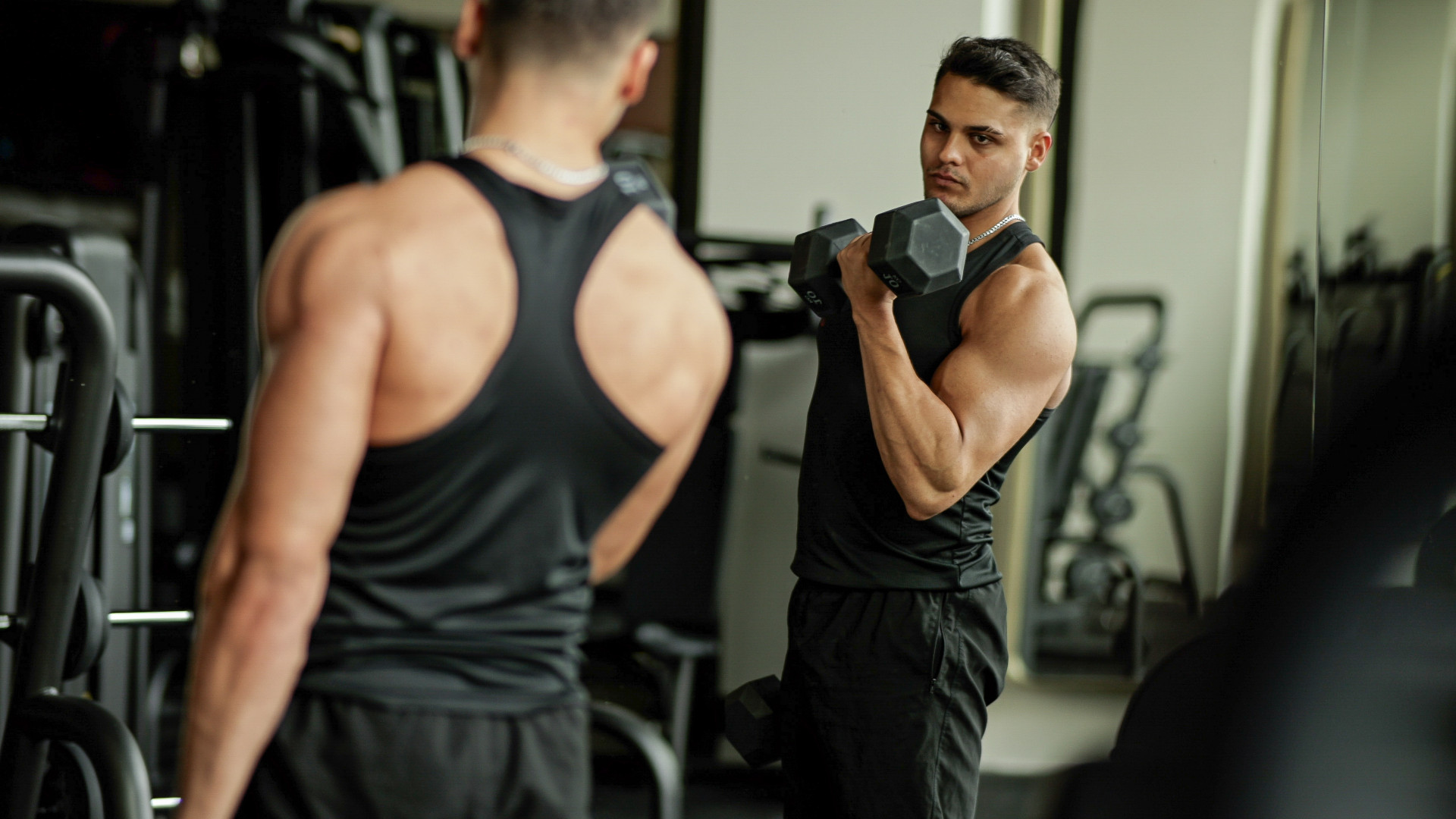 The best biceps exercise, according to science
The best biceps exercise, according to scienceHave you been training your biceps wrong this whole time?
By Lucy Miller Published
-
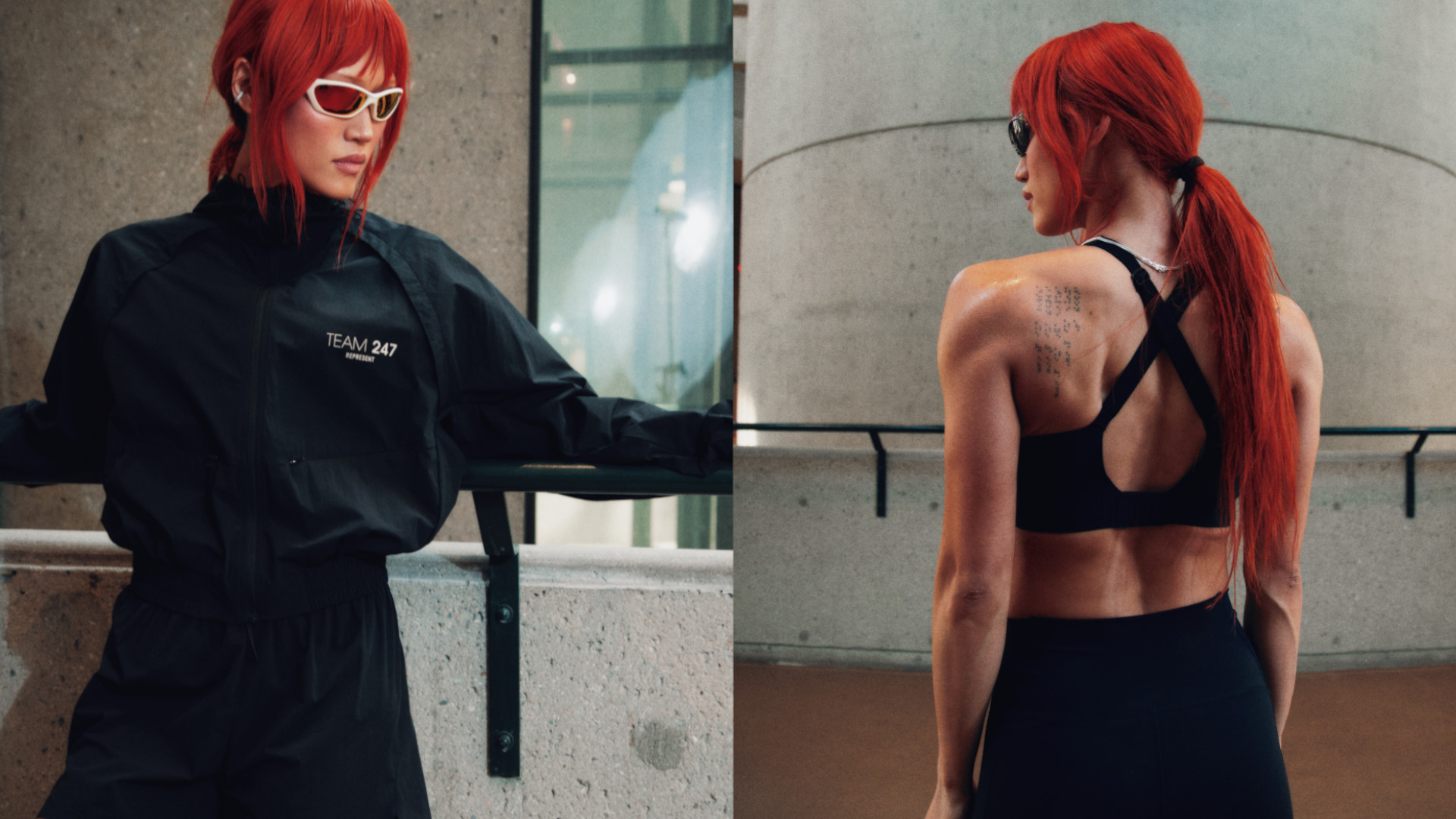 Finally! Represent 247 launches its first womenswear collection, taking you from street to gym in style
Finally! Represent 247 launches its first womenswear collection, taking you from street to gym in styleIt's about time guys
By Bryony Firth-Bernard Published
-
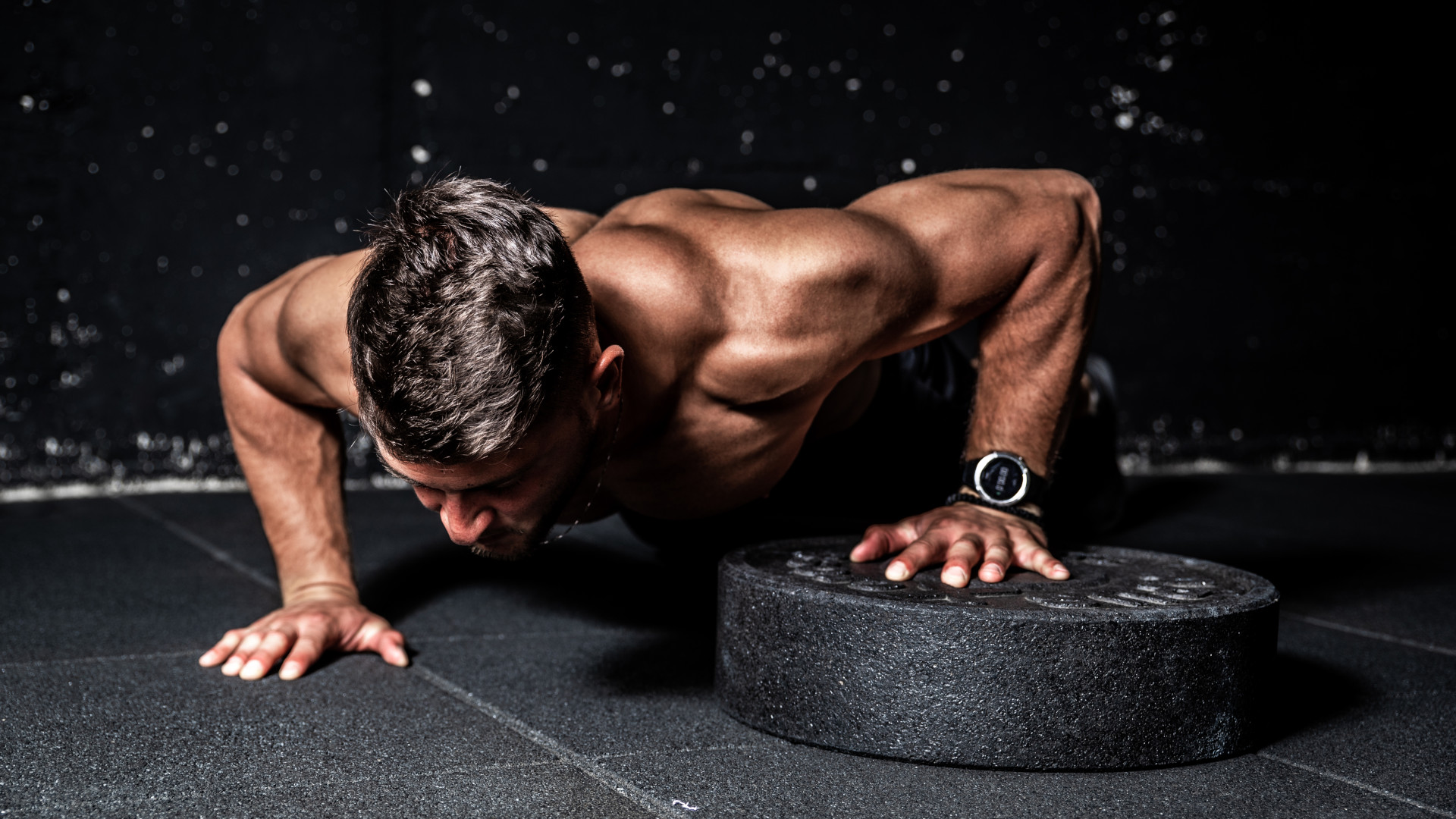 3 chest exercises you’re probably not doing to supersize your pecs
3 chest exercises you’re probably not doing to supersize your pecsA killer pec pump awaits
By Bryony Firth-Bernard Published
-
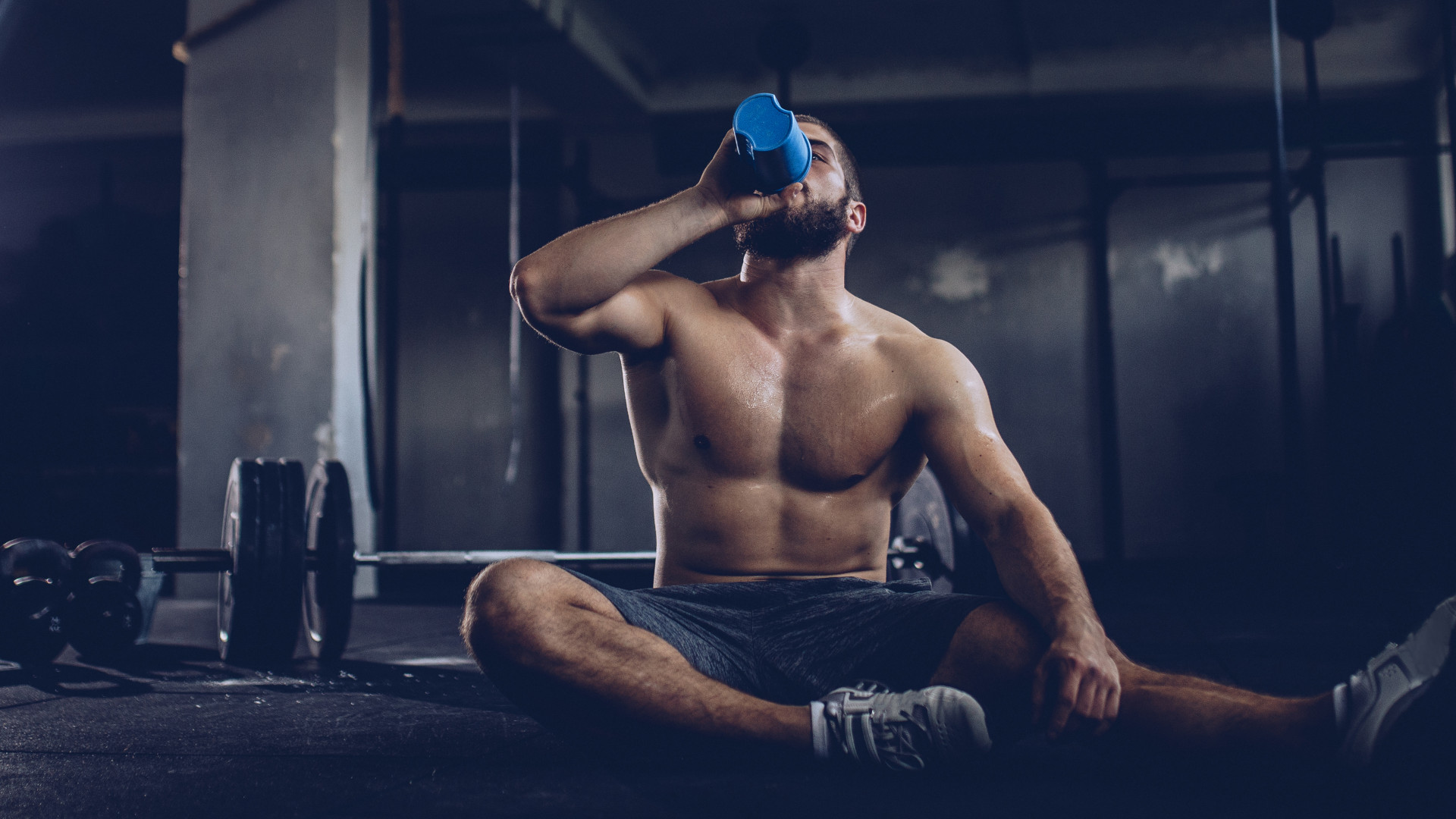 When’s the best time to take creatine?
When’s the best time to take creatine?The science-backed supplement is a must for building strength and muscle, but is there an optimal time to take it?
By Bryony Firth-Bernard Published
-
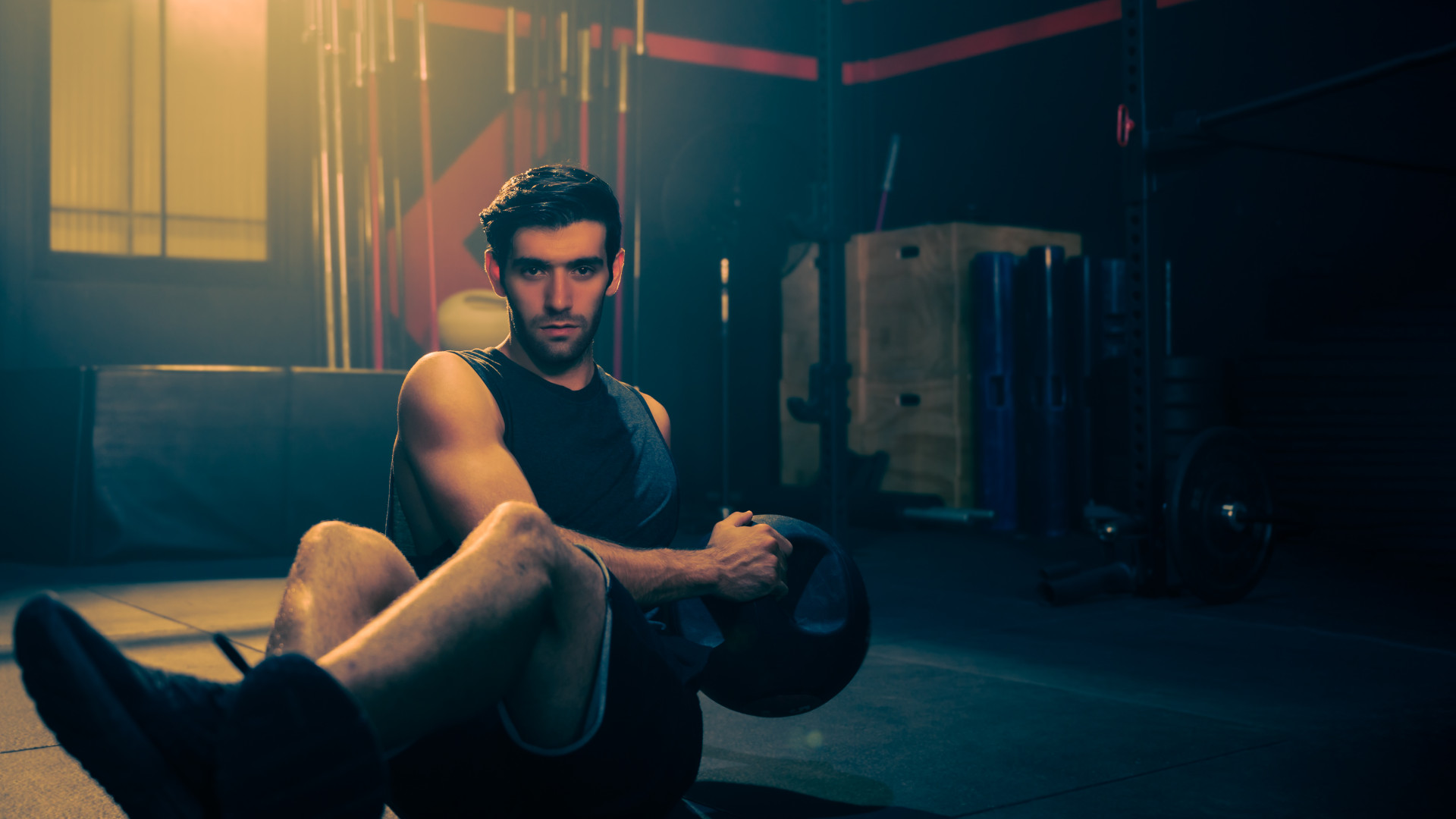 Three overrated core exercises and what you should do instead
Three overrated core exercises and what you should do insteadA fitness expert says these exercises aren’t all they’re cracked up to be
By Bryony Firth-Bernard Published
-
 I tried Olympic weightlifting for the first time – here are three things it's taught me
I tried Olympic weightlifting for the first time – here are three things it's taught meBeing strong simply won't cut it
By Bryony Firth-Bernard Published
-
 An exercise scientist ranks every ab exercise – and the worst one may surprise you
An exercise scientist ranks every ab exercise – and the worst one may surprise youFYI it’s not crunches or sit-ups
By Bryony Firth-Bernard Published
-
 I didn't think Under Armour could improve its top-tier workout shoes – I was wrong
I didn't think Under Armour could improve its top-tier workout shoes – I was wrongThe TriBase Reign 6 has had a complete overhaul, with a flatter sole, improved flexibility and a brand-new look
By Bryony Firth-Bernard Published

